Sheep farming in Mexico is becoming increasingly efficient and profitable. Sheep farming in Mexico provides rural communities with valuable income and helps maintain the country’s delicate balance of ecological systems.
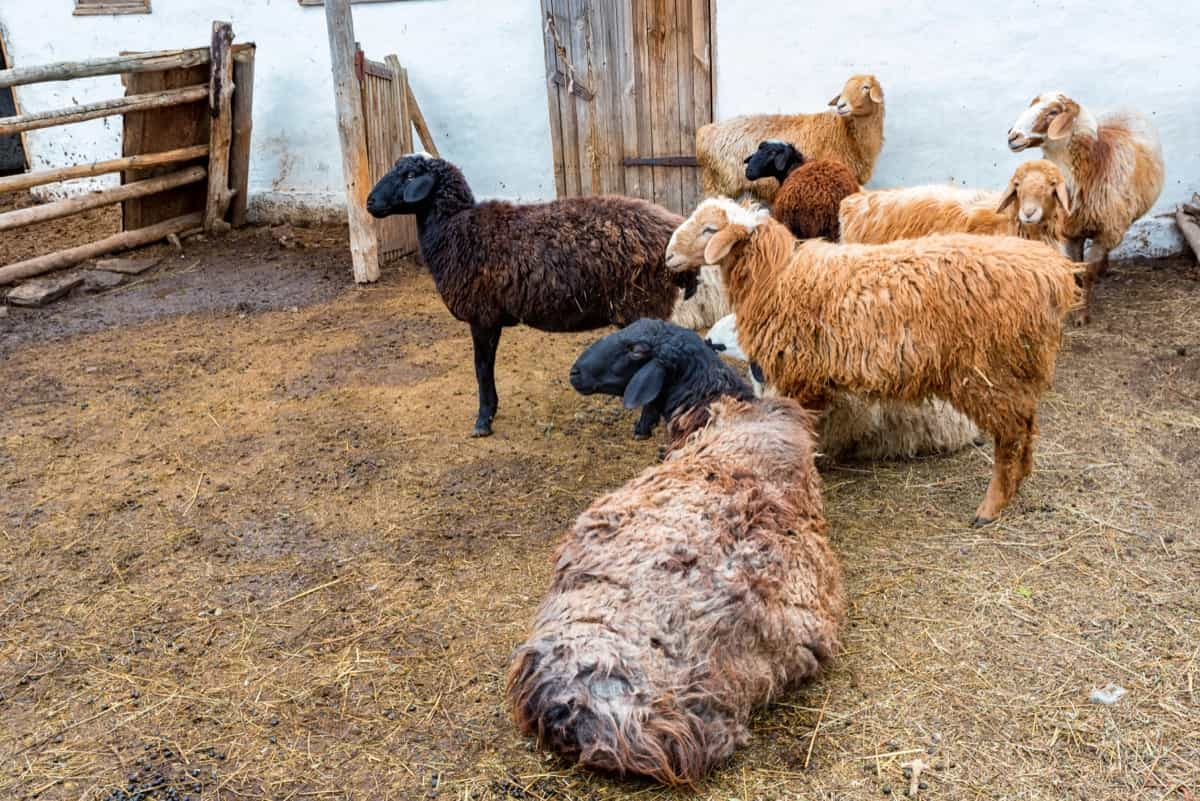
How to Start Sheep Farming in Mexico
Creating a Good House for Sheep
You must provide a house to protect sheep from negative climatic situations and prevent several diseases. And, you have to make a separate and suitable house for them. Their place must be neat, clean, and dry with adequate light and air. Their place should have a proper drainage system in the house that can prevent dirtiness. Many different types of housing can be used for sheep. Pole buildings, traditional barns, and metal buildings are expensive, but they protect the sheep farm, feed, and equipment.
Benefits of Sheep Farming in Mexico
- Mexico is one of the top sheep farming countries in the world. The country has a long history of sheep farming, and many sheep farming states are in Mexico. There are also many sheep farming companies in Mexico, and there are many sheep farms in Mexico.
- The climate in Mexico is good for sheep farming, and the country has many fertile land areas for sheep farming.
- Sheep are well-suited to the Mexican climate and geography because they can thrive in hot and cold weather conditions.
- Sheep produce high-quality wool that can be used for clothing, blankets, and other textiles.
- Sheep farming is sustainable because it uses minimal inputs and produces little pollution or waste.
- Shepherds have close ties with their sheep and can feed, shelter, and naturally care for them.
In case you missed it: How to Start Fish Farming in Mexico: Key Rules, Requirements, Business Plan, Setup Cost, Subsidy, and Loans
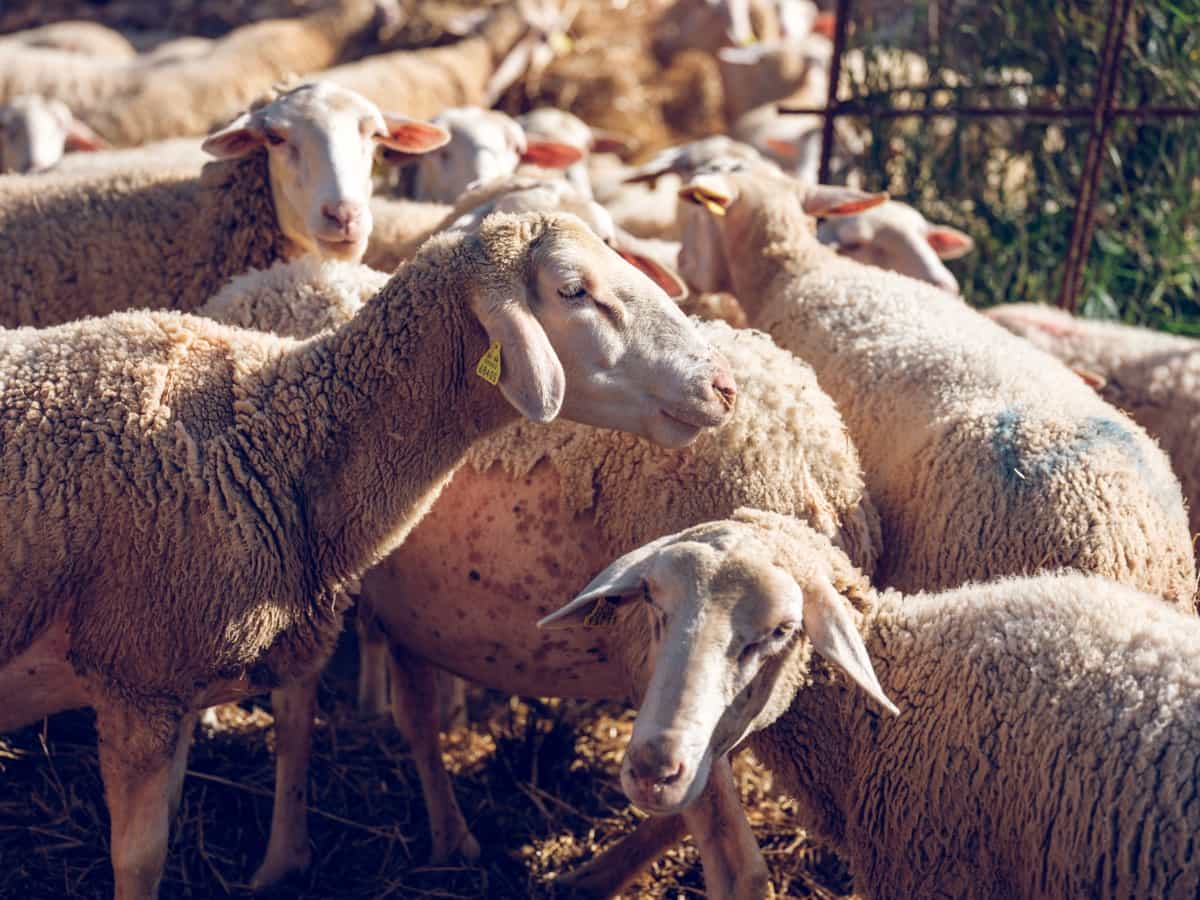
Is Sheep Farming Profitable in Mexico?
Sheep farming in Mexico is an agricultural activity practiced for centuries. The country has a large sheep population, which can be divided into two types: meat and wool. Meat sheep are raised for their meat, while wool sheep are raised for their wool. The wool industry is the most important sector of Mexican livestock, accounting for over 50 percent of total production value.
Sheep Farming Areas in Mexico
Sheep farming in Mexico is concentrated in the mountainous regions of Baja California and Chihuahua, with extensive rangelands and good climatic conditions. These areas are also close to major markets and ports where sheep can be exported alive or processed for their wool.
Mexico is the largest sheep farming country in the world. Mexico has an estimated 10 million sheep, most of which are raised on small, family-owned farms. The main areas where sheep are raised in Mexico are Chihuahua, Durango, Guanajuato, Guerrero, Jalisco, Michoacan, Nayarit, and Puebla.
Sheep Breeds Available in Mexico
Mexico is one of the world’s largest sheep-producing countries. The country has a long history of sheep farming and is home to several breeds. Mexico’s most common breed of sheep is the Merino, which accounts for nearly 60% of the country’s sheep population. Other popular breeds of sheep in Mexico include the Corzo, Alpaca, Churro, the Alpaca, and the Quebracho, Pelibüey, and Chicharrón.
Zero Grazing Sheep Farming in Mexico
Mexico is one of the world’s top sheep-producing countries, and zero-grazing sheep farming is a popular practice. Grazing sheep are raised on small, square plots of land without being kept in corrals. They are allowed to roam freely and eat grasses and other natural vegetation. This type of farming results in low production costs and high-quality wool products because the sheep can produce a large quantity of wool evenly throughout the year.
In case you missed it: How to Start Rabbit Farming in Mexico: Key Rules, Business Plan, Requirements, Setup Cost, and Profit
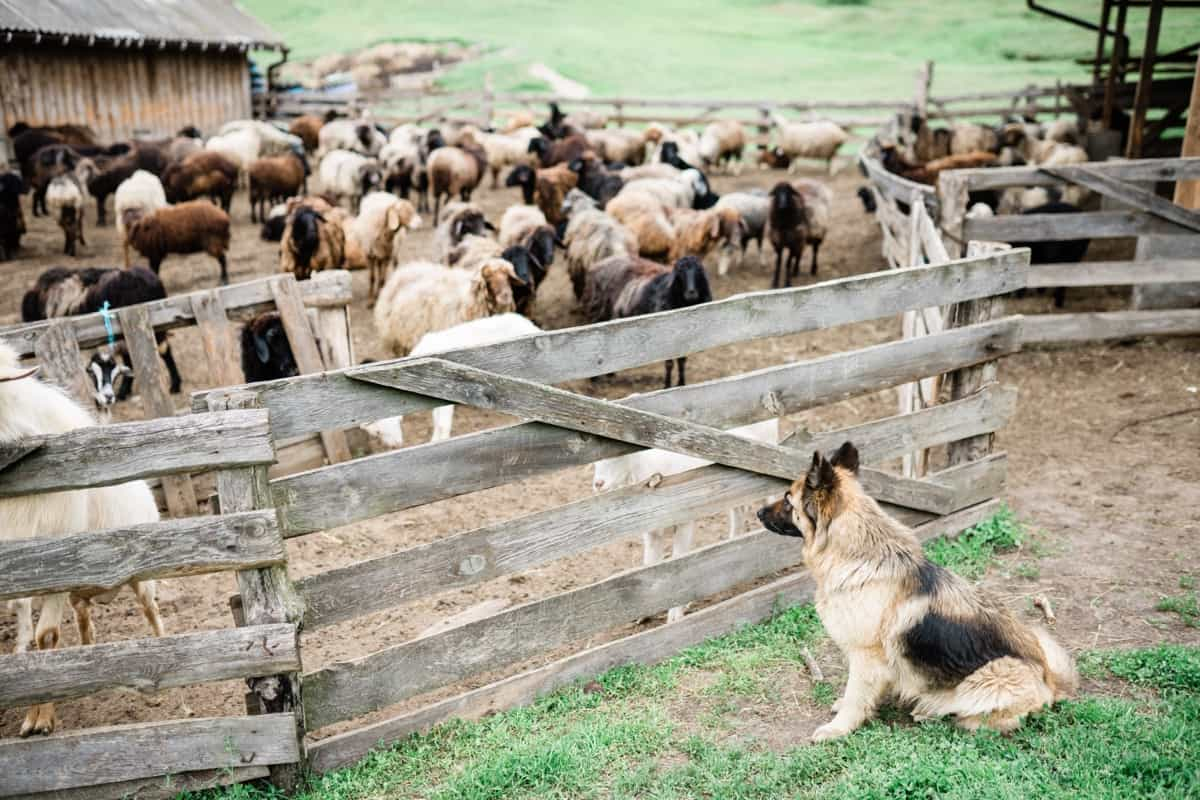
Sheep Feeding Management in Mexico
Sheep feeding management is important for both producers and consumers of sheep products. Producers must ensure their flock gets enough to feed to satisfy their nutritional needs while preserving fiber and meat production. Consumers want quality lamb and mutton products to ensure that the animals they eat are raised humanely. The common sheep-feeding management practices in Mexico are;
- Grazing: Many farmers in Mexico graze their sheep on open ranges. This system allows the animals to eat fresh vegetation, which keeps them healthy and gives them plenty of exercises.
- Concentrate feeding: Some farmers feed their sheep in granaries or feed yards where they can access a consistent supply of food all day long. This method helps keep lambs healthy and reduces stress on the animals.
- Mixed grazing/concentrate feeding: A third approach uses mixed grazing/concentrate feeding systems where some sections of the range are grazed as open ranges, and others are fed through a feed yard. This allows for the efficient use of resources while maintaining lambs’ nutritional needs.
Tips for Taking Care of a Sheep Farm
- Give each animal space (at least 1/2 acre per sheep) so they don’t get crowded and stressed out.
- Please provide them with plenty of hay and fresh water daily and at night.
- Maintain proper hygiene by keeping their pens clean and free of feces; blow any manure away from neighboring properties before it rains; and handle sick or injured animals with care to avoid spreading diseases.
Cost to Start a Sheep Farm in Mexico
Several initial expenses must be accounted for, including purchasing land and constructing barns and other necessary infrastructure. Additionally, there are typically monthly fees for taking care of the sheep and providing them with food and water. Starting a sheep farm in Mexico can cost about $10,000 – $30,000.
Different Ways to Start Sheep Farming in Mexico
- Large-scale producers raise lambs and kids on feedlots before sending them off to be shorn.
- Smaller producers keep their livestock on pasture and shear their sheep when ready.
- Shearing is an important Mexican wool industry and accounts for about 30 percent of all domestic wool production.
Steps to Create Sheep Farming Business Plan in Mexico
1. It would help if you made a suitable sheep and goat farming business plan based on your budget. And your sheep farming business plan must include financial analysis, marketing strategy, and income revenue.
2. Choosing a suitable location is necessary for sheep farming. Freshwater sources, enough green food, appropriate medication, and transportation must be available for sheep. You must do proper care and provide the necessary facilities for sheep farming.
3. To start a sheep farm in Mexico, you will need to purchase a piece of land that is large enough for the number of sheep you want to keep. The land should be free of poisonous plants or animals, as these can harm the sheep. You will also need to buy feed for the sheep and fencing for their protection.
In case you missed it: How to Start Goat Farming in Mexico: Key Rules, Business Plant, Setup Cost, Profit, and Requirements
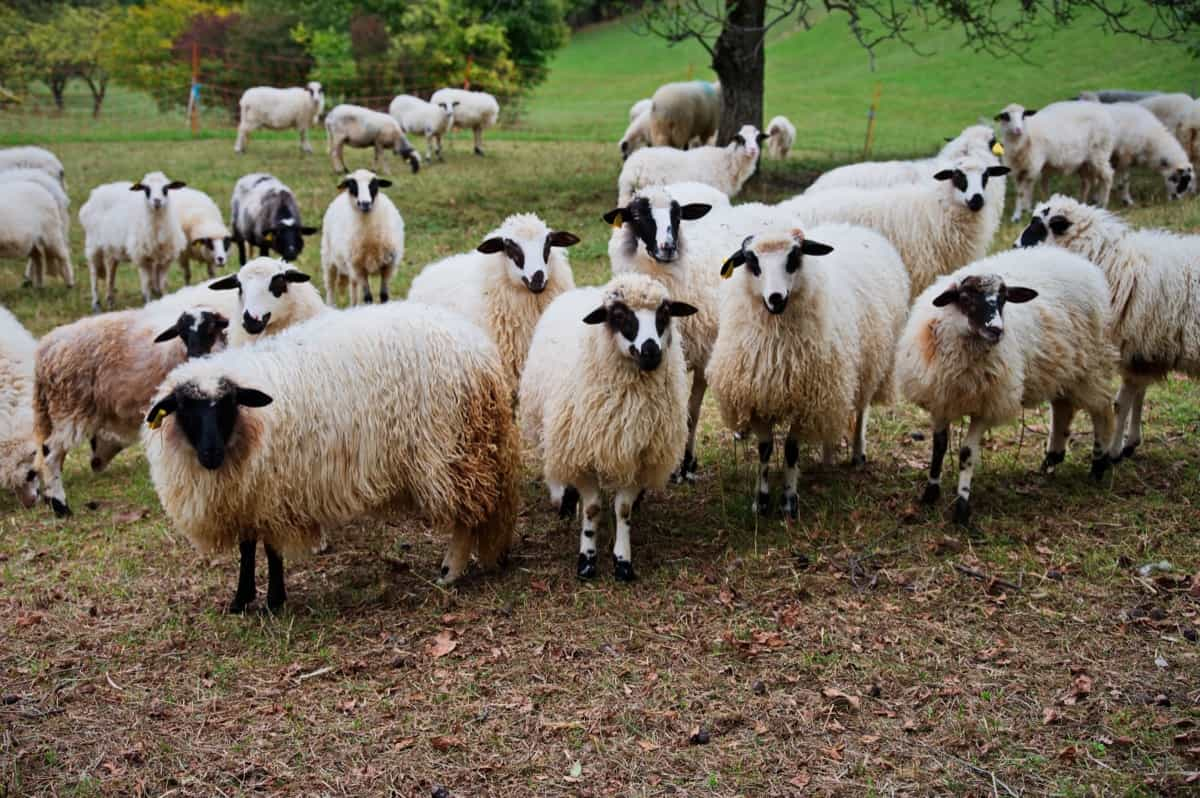
4. Calculate your initial investment and budget for equipment, land, and other necessary expenses. Include costs for feed, veterinary care, labor, marketing materials, and taxes associated with running a sheep farm.
5. Determine your long-term goals for your farm and identify ways to achieve them through effective marketing strategies and operational plans.
6. Choose the region to operate your farm based on climate, soil quality, infrastructure availability, and population density. Use maps and other resources to assess these factors before making a decision.
7. When beginning a sheep farm, the best way to save money is by sourcing materials locally. This means contacting local farmers who raise sheep and asking if they would be interested in carrying your products.
8. Once you have developed a marketing plan and identified your target market, creating a website showcasing your farm’s products and services is time. Use online tools such as Google Ads or Facebook Ads to reach potential customers online.
9. Once you have purchased the land and supplies, it is time to begin preparations for your Sheep Farming Business in Mexico. You must create a breeding program for your sheep, choose which breeds best suit your climate and soil, and train your ewes how to fend for themselves.
10. Hire a qualified management team who can oversee day-to-day operations on the farm while you focus on strategic planning and market development initiatives. Select individuals with experience in sheep farming or related fields who will be able to provide sound advice throughout the years of operation of your farm business.
11. Once you have created a successful breeding program and trained your ewes, it is time to raise the lambs. Lambs must be weaned at six weeks old and taken care of until they are sold as wool-production lambs.
In case you missed it: How to Start Hydroponic Farming in Mexico: Key Rules, Business Plan, Setup Cost, Profit, and Requirements
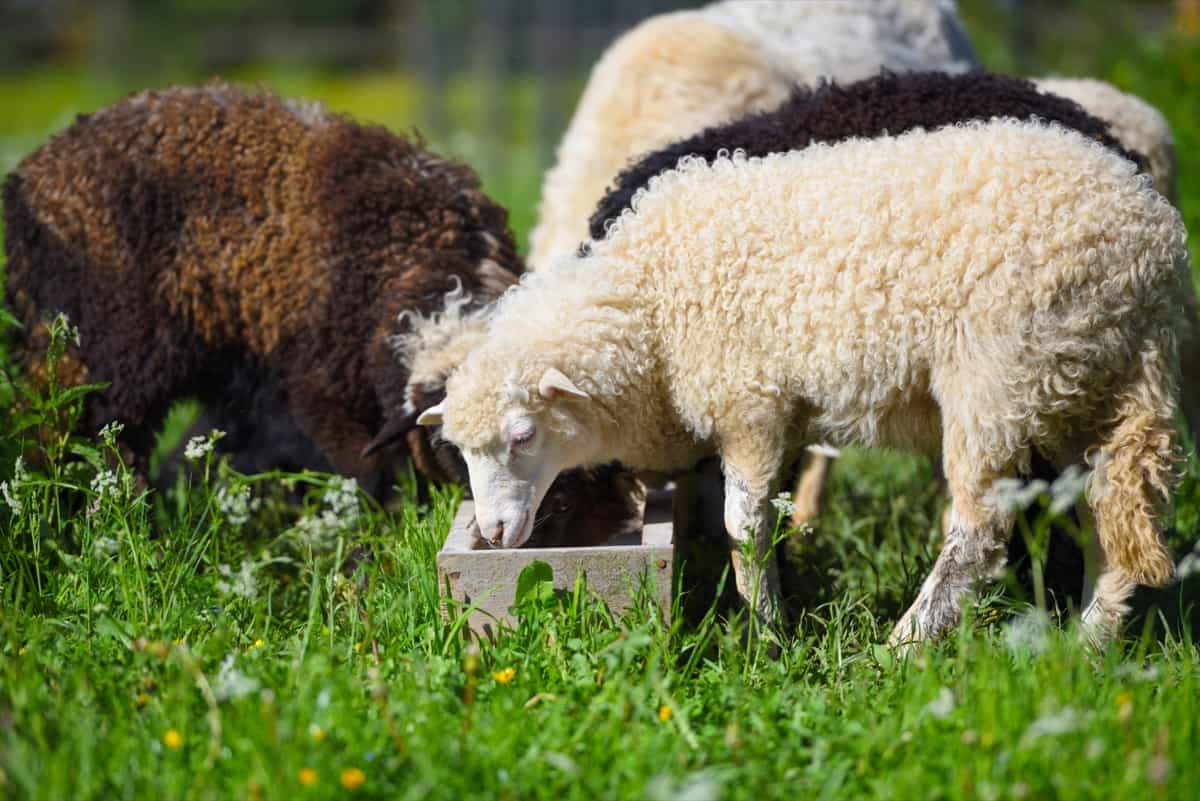
Key Rules to Start Sheep Farming in Mexico
- Choose the right climate – Mexico’s high altitude and tropical climate are perfect for raising sheep, but be sure to research the specific region you will be inhabiting before moving.
- Study up on livestock husbandry – Familiarize yourself with the basics of lambing, weaning, and shearing your sheep so that you can manage their care properly.
- Get organized – Plan your farm layout and ensure all the necessary equipment and supplies are ready before beginning production.
- Protect your flock from predators and disease – Install predator guards and an effective animal health management program to keep your flock healthy and produce high-quality wool.
How is Sheep Farming Profitable in Mexico?
In Mexico, sheep farming is a highly profitable agricultural activity. The main reason is the high demand for lamb domestically and abroad. Moreover, Mexican lambs are well-suited for international markets because they are heavy milk and meat producers. Farmers also can earn a good income by selling their wool.
Sheep Farming Types in Mexico
Free range: This type of sheep farming allows the animals to roam free outdoors, where they can eat a variety of natural feed sources and access fresh water. However, this type of farming is more difficult to manage, as it requires constant vigilance on the part of the farmer to ensure that the sheep aren’t trampled or lost.
Pasture-based: In this type of farming, the sheep are kept on large pastures where they can graze on hay and other pasture-based feed. This system is easier to manage than free-range farming since the farmer only needs to watch for signs of overgrazing and make occasional adjustments to the grazing schedule.
Sheep barn: In a Sheep Barn style farm, the sheep are kept indoors in pens while being sheared (or have their wool trimmed). This system is more efficient than pasture-based systems since it eliminates the need for hay storage and transportation. Still, it also requires more care from the farmer (who must monitor the temperature, ventilation, and enclosure conditions).
In case you missed it: How to Start Dairy Farming in Mexico: Breeds, Business Plan, Requirements, Setup Cost, and Profit
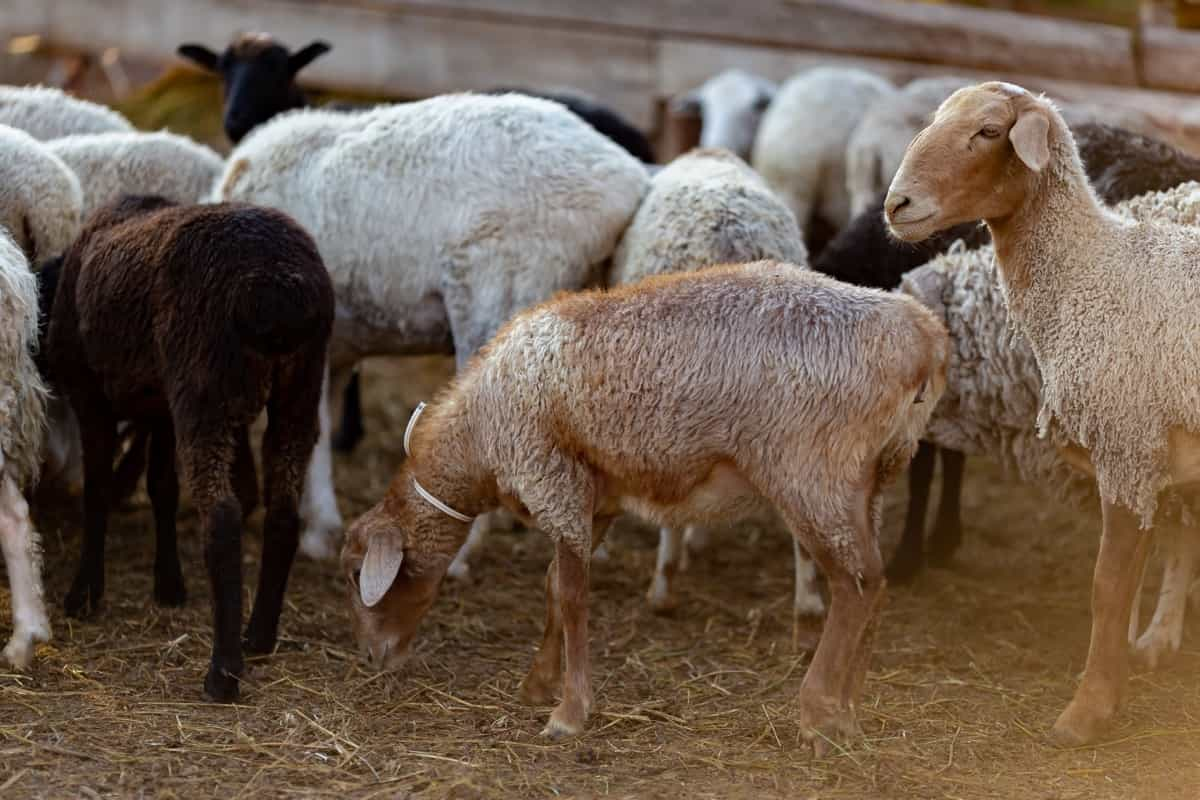
Sheep Farming Loans and Subsidies in Mexico
- The Mexican government has developed several programs to promote sheep farming in the country. These initiatives include providing subsidies for equipment purchases, helping farmers invest in land, and developing product marketing channels.
- The Mexican government has recently provided loans and subsidies to encourage farmers to start and grow sheep farms. The primary reason is that Mexico has a large population of people allergic to wool products, so the demand for sheep meat is high.
- The government provides loans to farmers at fixed interest rates, which can be paid back over time with interest. Additionally, the government provides subsidies for each lamb produced by the farm. These subsidies can be as high as 30% of the value of the lamb. This helps to make starting and growing a sheep farm more affordable and encourages farmers to produce more lambs than they would if they were selling meat.
- Mexico’s sheep farming industry is growing rapidly, and thousands of sheep farms are already throughout the country.
Sheep Farming Challenges in Mexico
- The first challenge is access to pastureland. In Mexico, most of the land used for grazing is owned by large estates or government institutions. This limits farmers’ ability to raise sheep on a commercial scale.
- The second challenge is water availability. Shepherds need plenty of water to drink, bathe their animals, and irrigate their crops. Because of this, many Mexican farmers have had to develop innovative ways to collect rainwater and use it for irrigation purposes.
- The third challenge is diseases and parasites. Shepherds rely on their animals to provide them with food and income, so they must not introduce diseases into the flock. Parasites can also be a major problem for sheep farmers, as they can cause significant losses in livestock populations.
- The next challenge facing Mexican sheep farmers is finding enough feed to meet demand from both domestic and international markets. Overcoming this challenge will require increased investment in agricultural production facilities and better access to transportation networks.
In case you missed it: Key Rules to Start a Greenhouse Farming in Mexico: Business Plan, Setup Cost, Profit, and Management
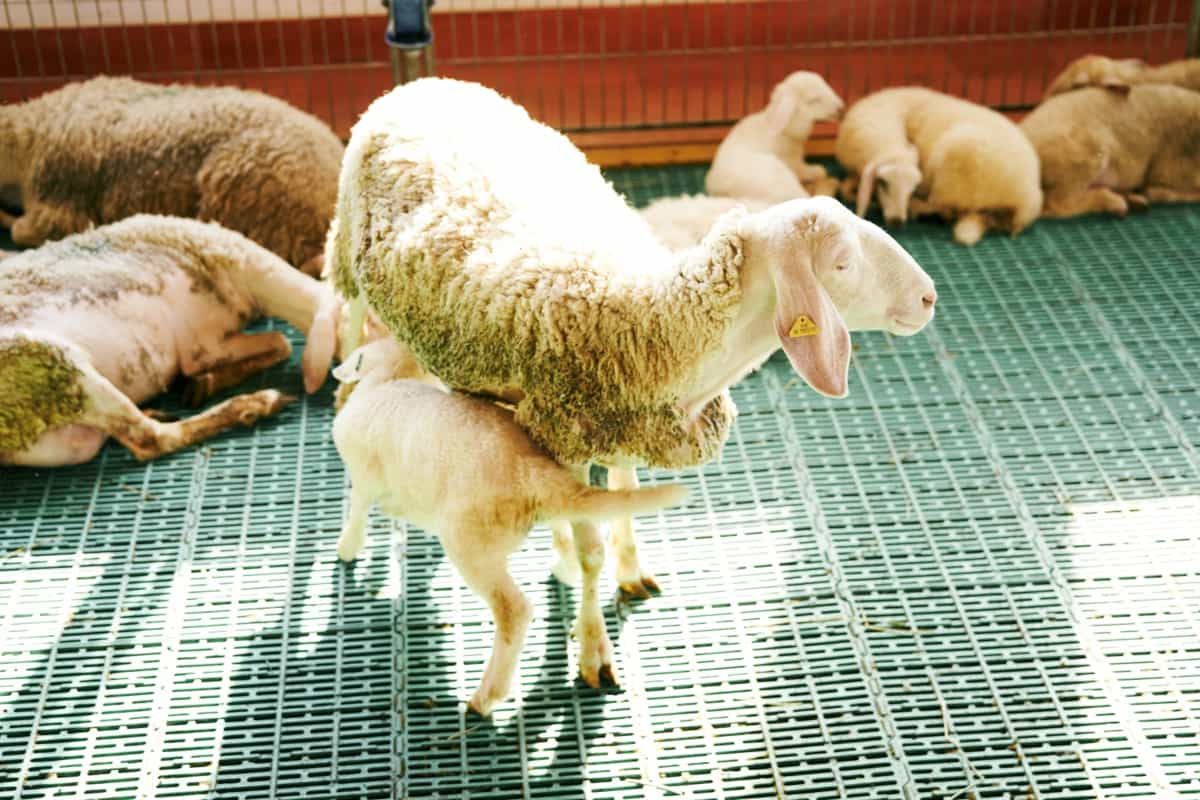
Conclusion
Sheep farming has been a traditional way of life in Mexico for centuries. Sheep are versatile animals that can be used for both wool and meat production. In addition, they are relatively easy to maintain and provide a valuable source of income for farmers. A sheep farm is a business that raises sheep. It requires a lot of land and infrastructure, including a barn, pastures, and feeders. The business also needs to have a source of fresh water for the sheep.
- Types of Pesticides Used in Agriculture: A Beginner’s Guide
- Economical Aquaculture: A Guide to Low-Budget Fish Farming
- 15 Common Planting Errors That Can Doom Your Fruit Trees
- How to Make Houseplants Bushy: Effective Tips and Ideas
- Innovative Strategies for Boosting Coconut Pollination and Yield
- Pollination Strategies for Maximum Pumpkin Yield
- The Complete Guide to Chicken Fattening: Strategies for Maximum Growth
- Natural Solutions for Tulip Problems: 100% Effective Remedies for Leaf and Bulb-Related Issues
- Revolutionizing Citrus Preservation: Towards a Healthier, Greener Future
- Natural Solutions for Peony Leaf and Flower Problems: 100% Effective Remedies
- Maximizing Profits with Avocado Contract Farming in India: A Comprehensive Guide
- Natural Solutions for Hydrangea Problems: 100% Effective Remedies for Leaf and Flowers
- The Ultimate Guide to Choosing the Perfect Foliage Friend: Bringing Life Indoors
- From Sunlight to Sustainability: 15 Ways to Use Solar Technology in Agriculture
- The Ultimate Guide to Dong Tao Chicken: Exploring from History to Raising
- The Eco-Friendly Makeover: How to Convert Your Unused Swimming Pool into a Fish Pond
- Mastering the Art of Delaware Chicken Farming: Essentials for Healthy Backyard Flocks
- 20 Best Homemade Fertilizers for Money Plant: DIY Recipes and Application Methods
- How to Craft a Comprehensive Free-Range Chicken Farming Business Plan
- Brighten Your Flock: Raising Easter Egger Chickens for Beauty and Bounty
- How to Optimize Your Poultry Egg Farm Business Plan with These Strategies
- Subsidy for Spirulina Cultivation: How Indian Government Schemes Encouraging Spirulina Farmers
- Ultimate Guide to Raising Dominique Chickens: Breeding, Feeding, Egg-Production, and Care
- Mastering the Art of Raising Jersey Giant Chickens: Care, Feeding, and More
- Ultimate Guide to Raising Legbar Chickens: Breeding, Farming Practices, Diet, Egg-Production
- How to Raise Welsummer Chickens: A Comprehensive Guide for Beginners
- How to Protect Indoor Plants in Winter: A Comprehensive Guide
- Ultimate Guide to Grow Bag Gardening: Tips, Tricks, and Planting Ideas for Urban Gardeners
- Guide to Lotus Cultivation: How to Propagate, Plant, Grow, Care, Cost, and Profit
- Agriculture Drone Subsidy Scheme: Government Kisan Subsidy, License, and How to Apply Online
- Ultimate Guide to Raising Araucana Chickens: Breed Profile, Farming Economics, Diet, and Care
- Bringing Hydroponics to Classroom: Importance, Benefits of Learning for School Students
- Ultimate Guide to Raising Polish Chickens: Breed Profile, Farming Economics, Diet, and Care
- Ultimate Guide to Raising Australorp Chickens: Profile, Farming Economics, Egg Production, Diet, and Care
- Silkie Chicken Farming: Raising Practices, Varieties, Egg Production, Diet, and Care
- Sussex Chicken Farming: Raising Practices, Varieties, Egg Production, Diet and Care